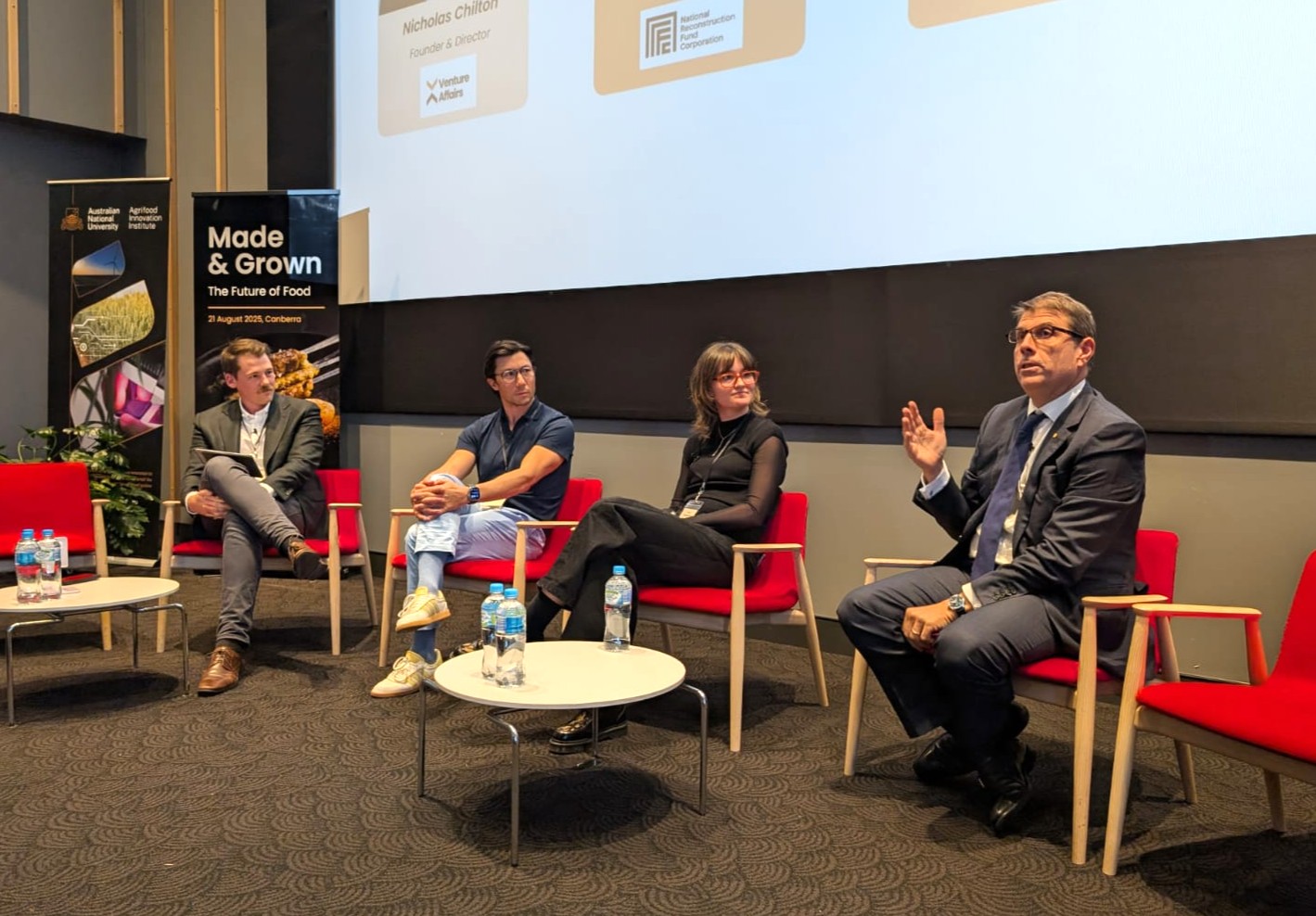What we do
We’re transforming how we produce food - making it more ethical, sustainable, and resilient through cellular agriculture.
Cellular Agriculture Australia (CAA) is a registered Australian non-profit and the leading advocacy organisation for Australia’s cellular agriculture sector. Our advocacy aims to unlock government support to enable industry innovation, accelerate the path to market, and build familiarity and trust in cellular agriculture.





.png)

.avif)



.png)







.png)
.png)
.webp)
.png)









%20(1).png)



